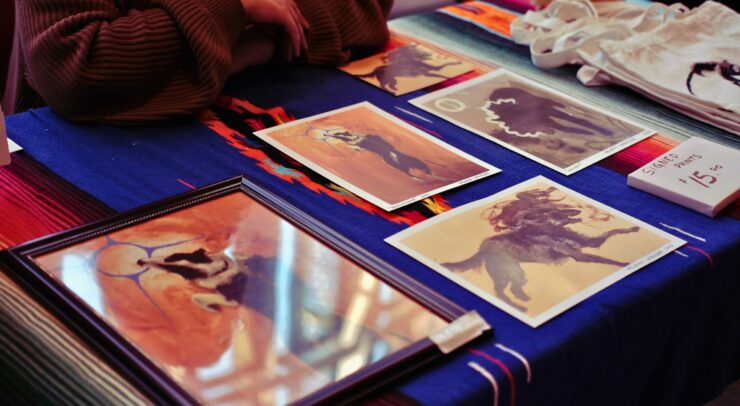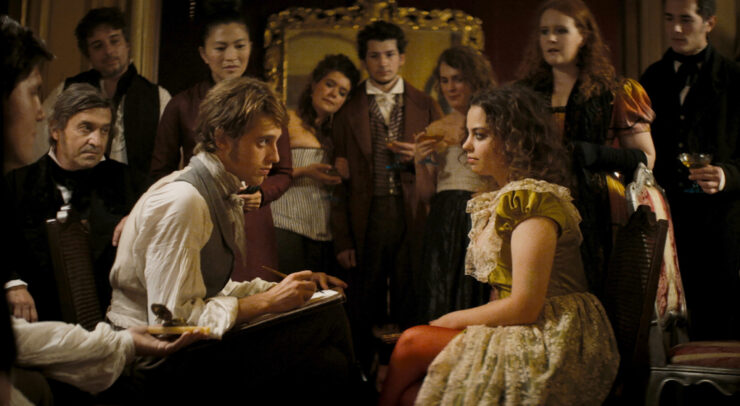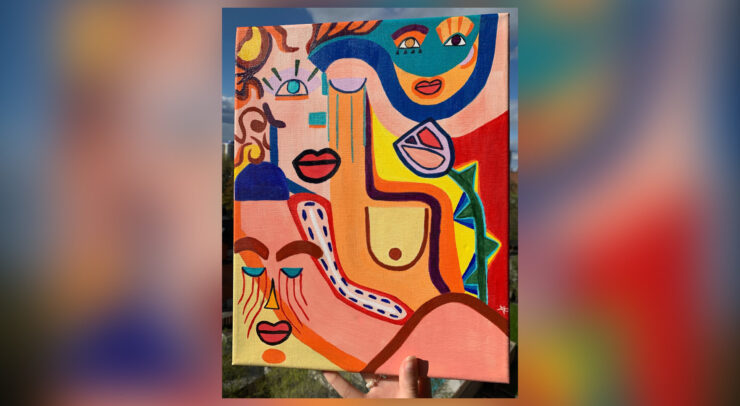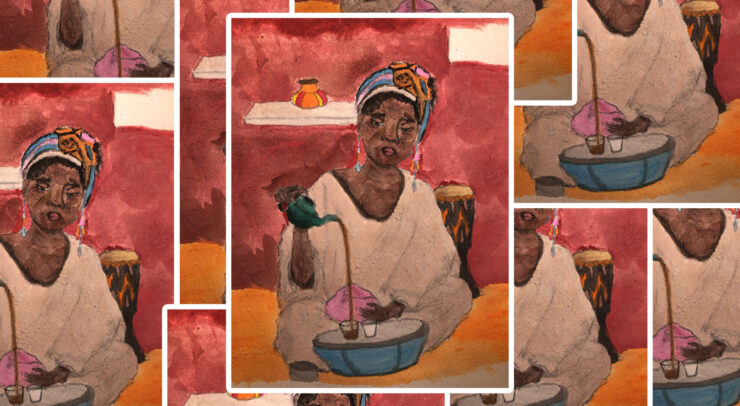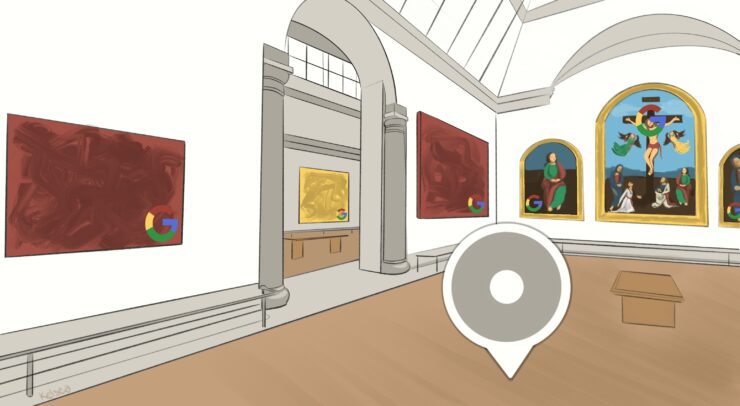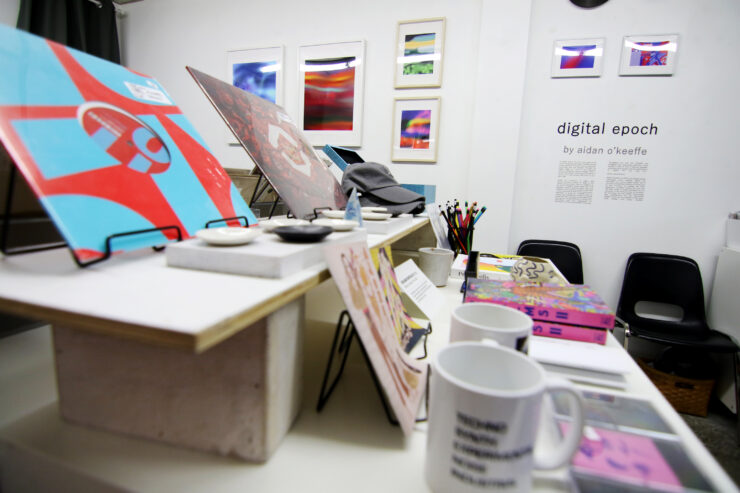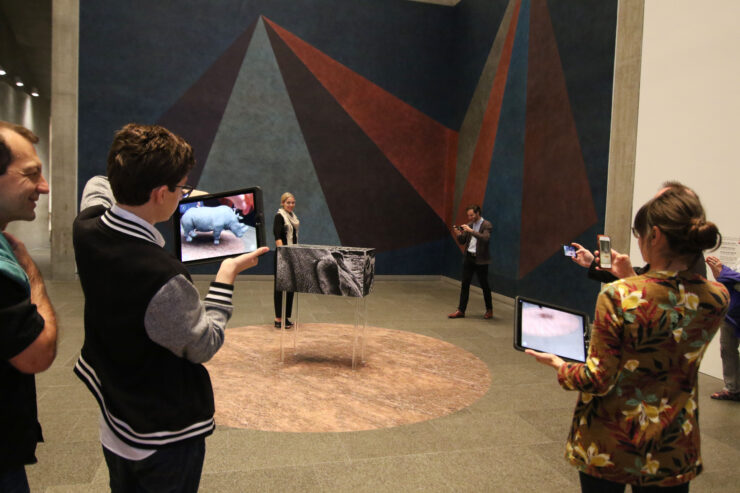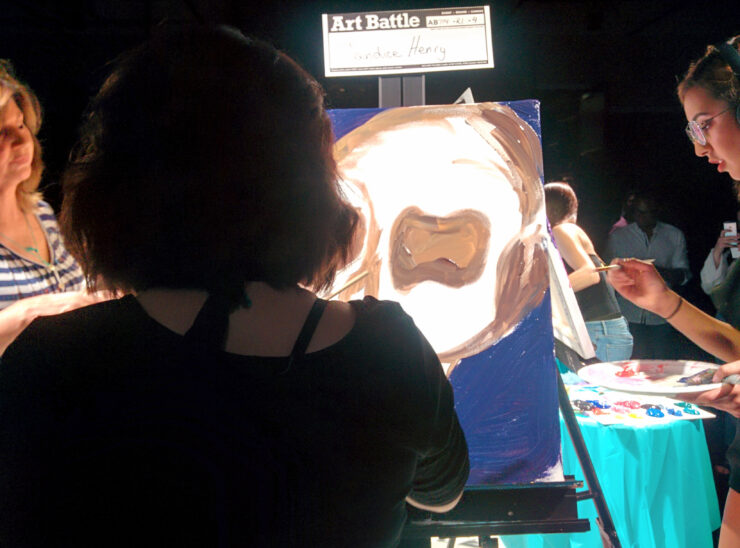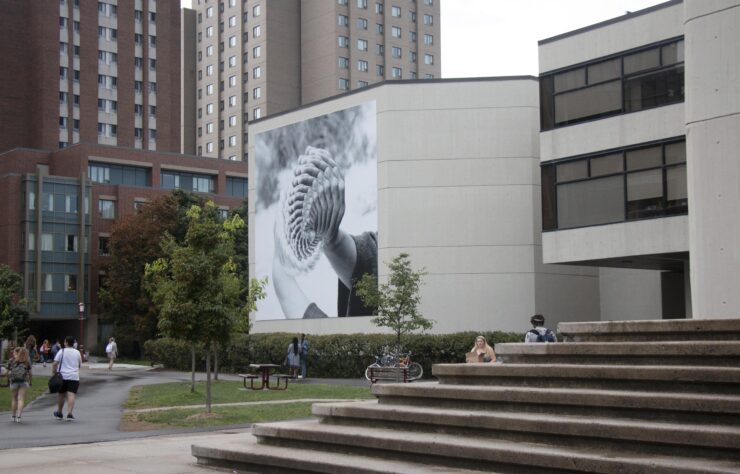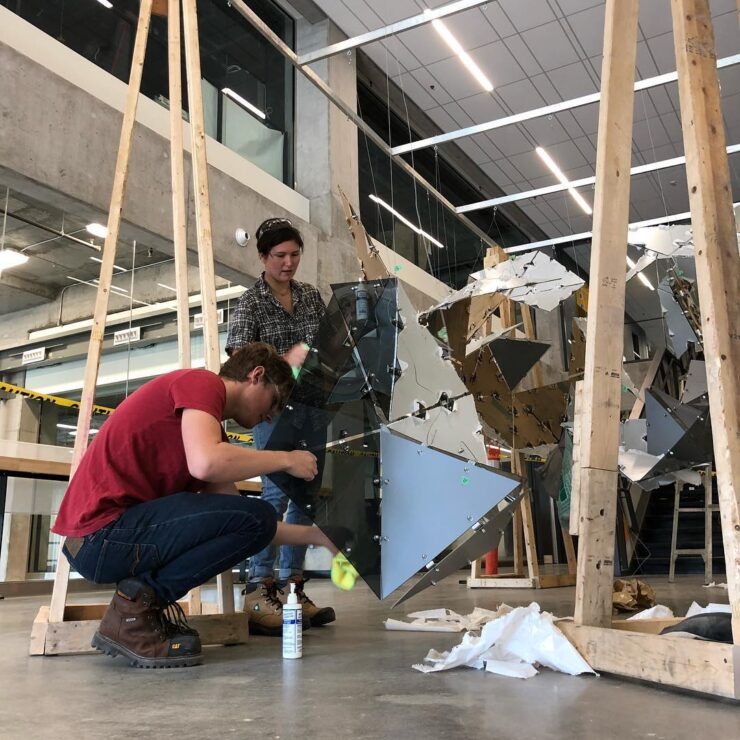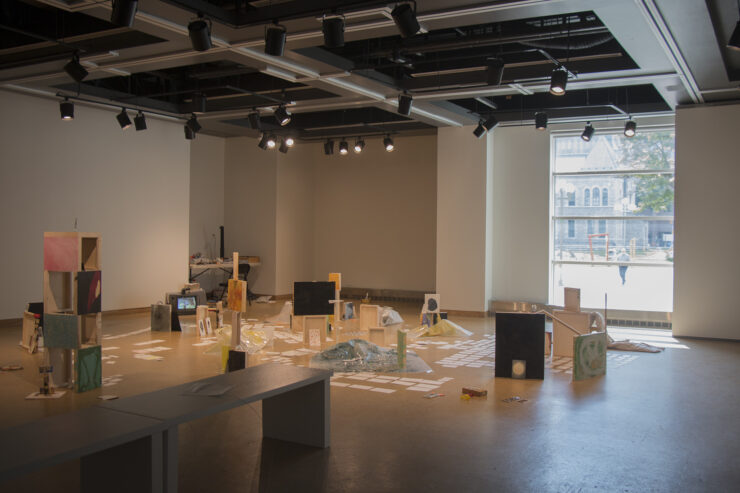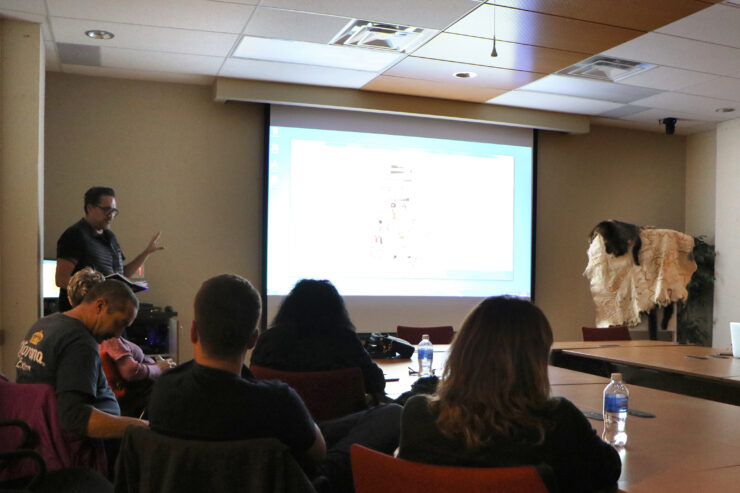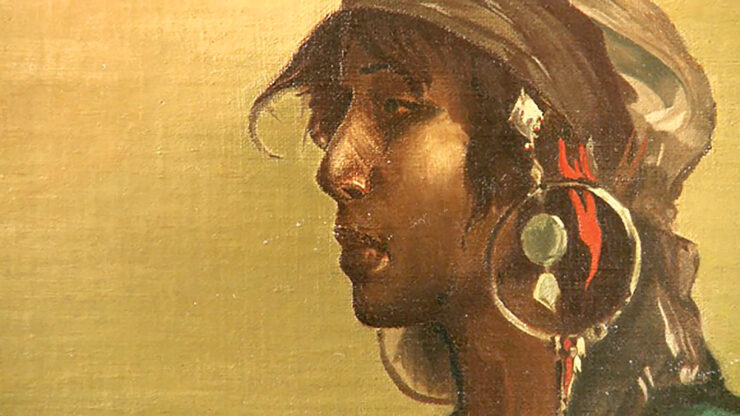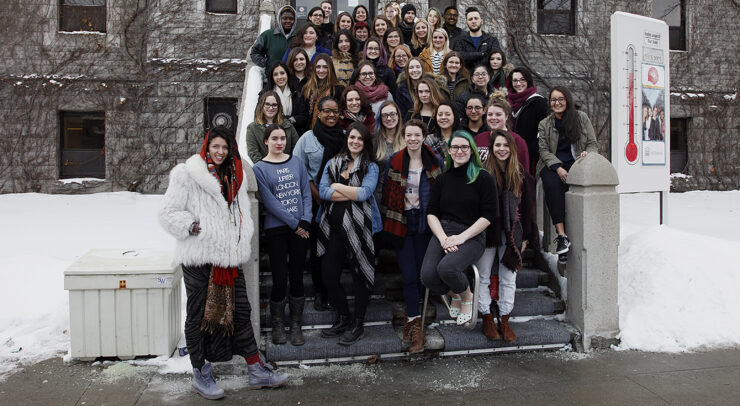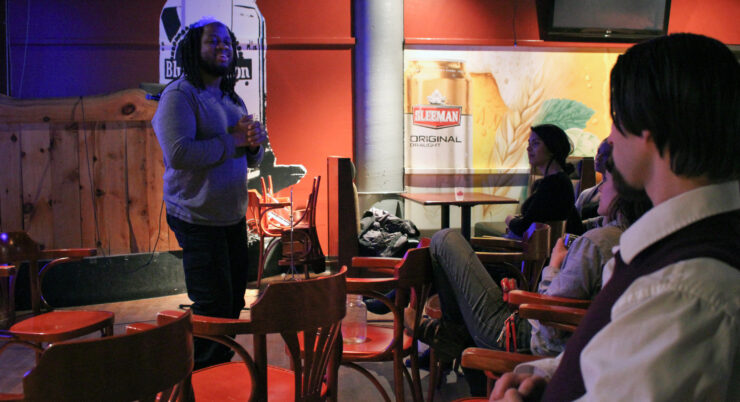The NAC’s Indigenous Art Market took place on Saturday, June 15, when more than 40 vendors installed their booths in the expanse of the Gail & David O’Brien Atrium
art
Here are some examples of art censorship and what they can teach us about resistance.
In an interview with the Fulcrum, club founders Sarah Almasaad and Majd Sabbagh explain, “Canvas for Change is driven by a deep passion to address various injustices that persist in our world.”
Can journalism ever be honest or will it always be subject to either the bourgeoisie or the state?
In her first abstract piece, University of Ottawa artist Angelica Pileci captured viewers’ minds with her use of bright colours and bold brushstrokes. Now in her final year studying education at the U of O, Pileci maintains that although she has never taken up art in a formal way, it has been a constant in her life.
The University of Ottawa’s very own Fanny Constantino discusses the meaning behind her art and her favourite creation.
We took a look at an ethereal exhibition at Gallery 101 and learned about the Slavic goddess, Makosh.
Art is being used as a therapeutic tool more and more often — but artists are faced with a higher probability of mental illness than the general population.
Here’s our opinion on some Gee-Gee’s favourite pump-up songs. What are yours?
“Not everyone has access to bricks-and-mortar museums … The opportunity to view art online offers increased accessibility to visual culture.”
Patricia Reed tackles the world in a visual arts lecture series about art, writing, and international challenges.
Aidan O’Keeffe’s exhibit puts technology addictions in the spotlight.
Artists incorporated technological and emotional triggers at Anthropocene.
When it opens, students can expect to see artwork while waiting for the LRT.
Twelve contestants were given 20 minutes to paint a masterpiece.
“There should be art everywhere, and that’s why I’m so thrilled to have this beautiful piece of art overlooking the main campus.”—U of O President Jacques Frémont.
“Honestly, I think working with the arts students was a big shift, a big culture shock, because in our projects in classes, we only work with engineering students (and) everyone has a similar way of thinking.”
Pierre Richardson’s exhibit will be open to the public at city hall until Sept. 24.
The project hopes to sew together the distinct cultures of the Aboriginal Australians and Canadian Indigenous artists, as well as the non-Indigenous community of Ottawa, who are invited to come and help with the process throughout the three-week period.
The documentary largely covers Dina Salha’s efforts to reclaim her great aunt’s paintings and lost memories from that violent time in Lebanon’s history.
Ode, this year’s grad show, will be one of the largest ever. An annual tradition, this is the last opportunity for artists in their final year of their undergraduate degree to present their work that has been the product of four years of artistic exploration and self-discovery. The exhibit is run entirely by the students, who organized themselves into groups responsible for fundraising, planning for the opening night, or creating the catalogue.
The nature of this gallery makes its latest exhibit, Full Catastrophe, appear almost ironic. The pieces, all created by University of Ottawa MFA candidates, disrupt the tranquility, leaving behind a catastrophe of sorts, reflecting the nature of the seven artists’ pieces featured in the exhibit.
This power of art is part of the reason why the CSD hosted a Disability Arts Night as part of this year’s Disability Justice Week. The night featured performances from current and former students, as well as other artists visiting the U of O for the event.
The exhibit is the brainchild of second-year visual arts students Kelsea Shore and Sarah Elizabeth Beltrame and features paintings by Beltrame, an installation piece by Shore, performative pieces by the dancing thneeds, and an interactive piece where you can become a part of the art yourself.
For University of Ottawa visual arts alumna Shelby Dawn Smith, her latest exhibit Different Every Time was all about challenging herself as an artist and creating pieces which reflected her personal growth.

